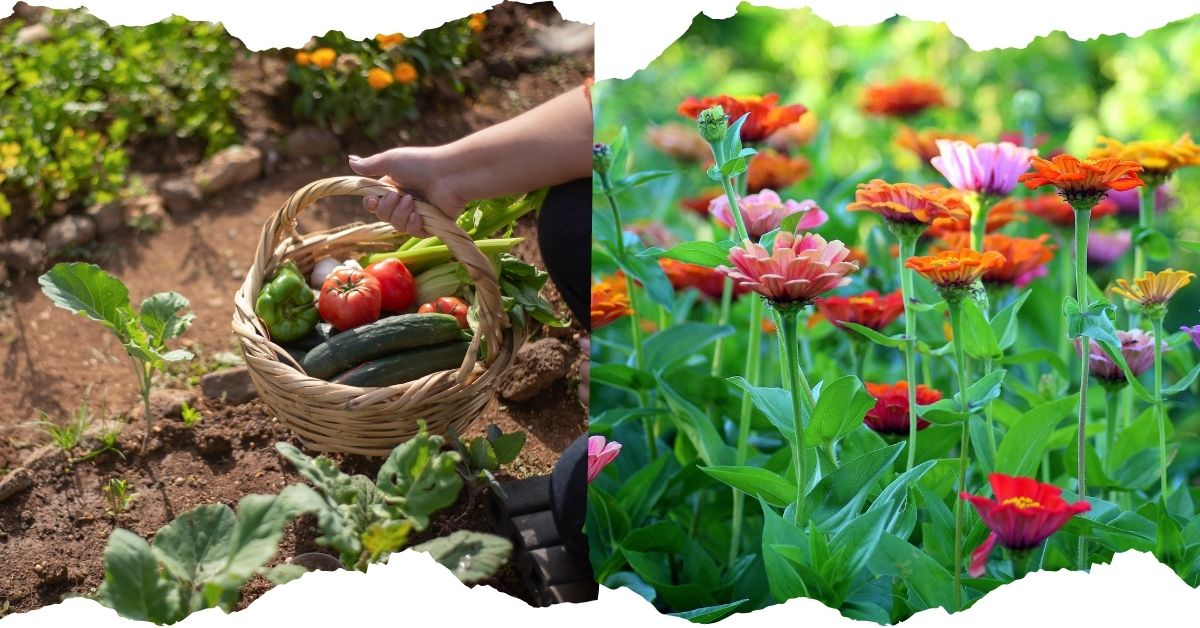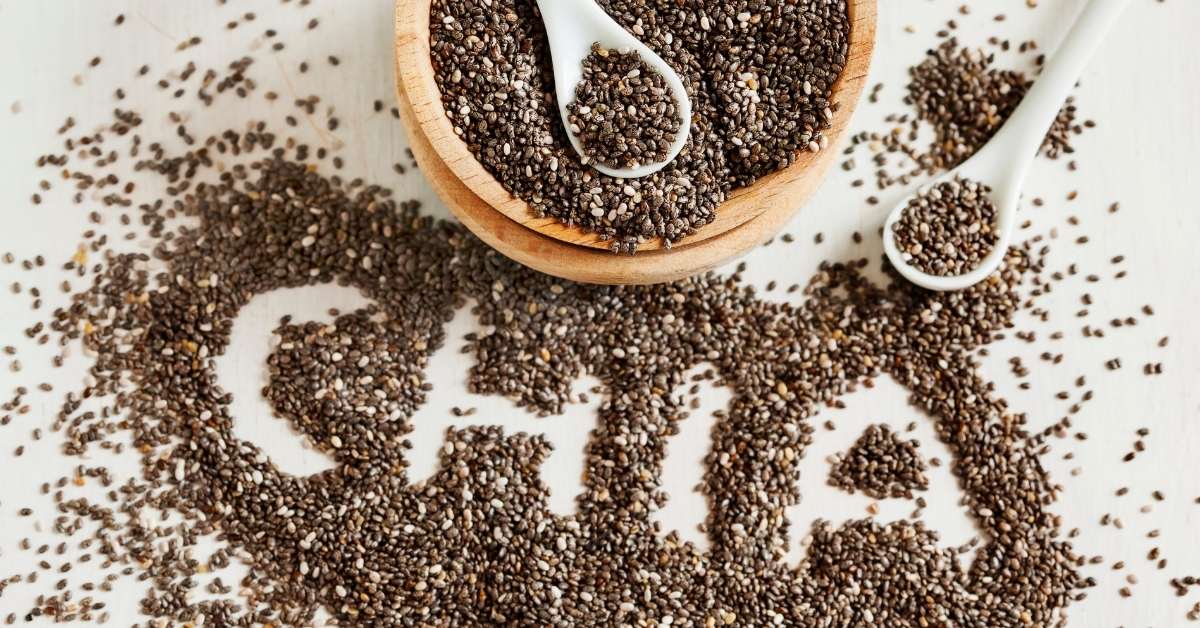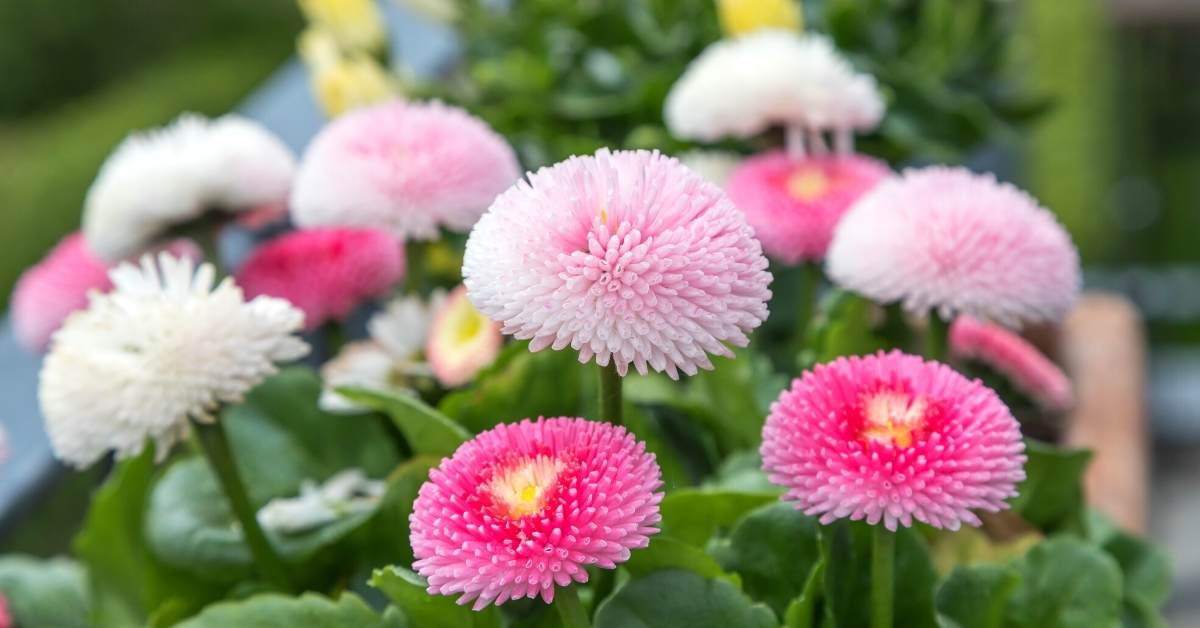In July, you should focus on keeping your blossoms alive, tending to your fruit plants, and giving your garden the attention it needs to avoid it from drying out and being harmed during the warmer months.
The middle of summer is when gardens display the most vibrant colors; the rain that begins to fall after April promotes healthy development. The height of summer is a time when nature is at its most beautiful and abundant, and this can be seen in gardens where plants are exhibiting their most beautiful leaf and flower displays, filling borders and patio pots with color and scent. Here are 17 must-do gardening jobs for a successful July gardening.
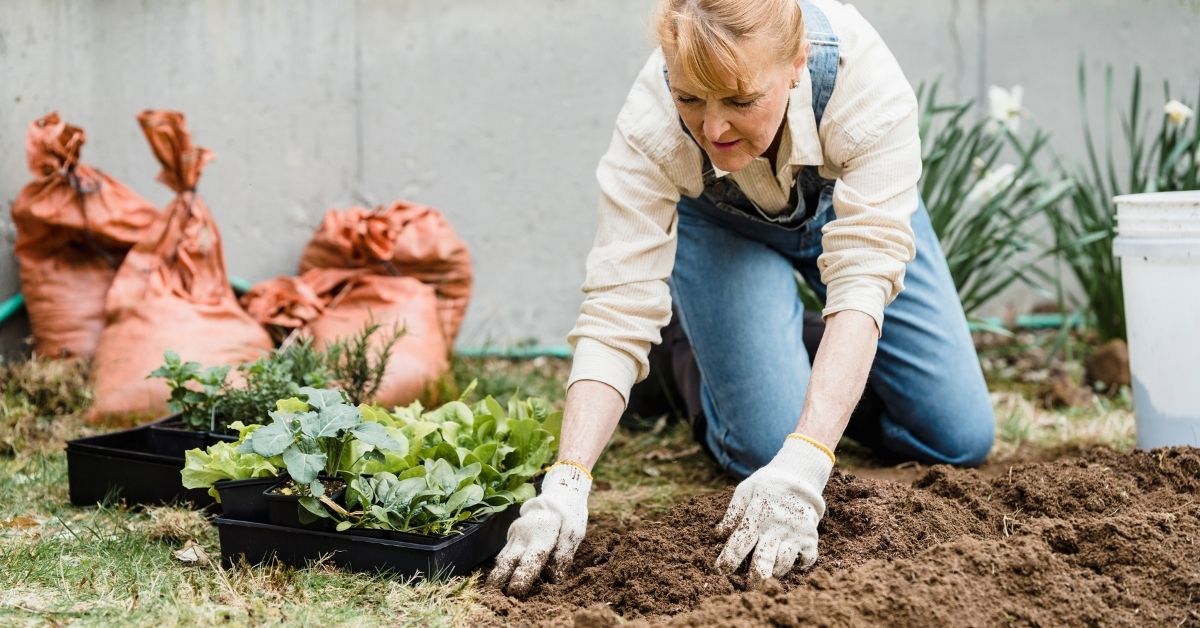
17 MUST-DO Things For A Successful July Gardening
In July, when the most active part of the gardening season has already begun in fact, there are a lot of things that need to be done to make sure that garden plans continue to look their best.
Take pride in all of your prior gardening work in July.
Take advantage of any favorable weather, but don’t forget to consistently water and feed your plants. Here are some more gardening tips for July.
1. Routine inspections of plant supports
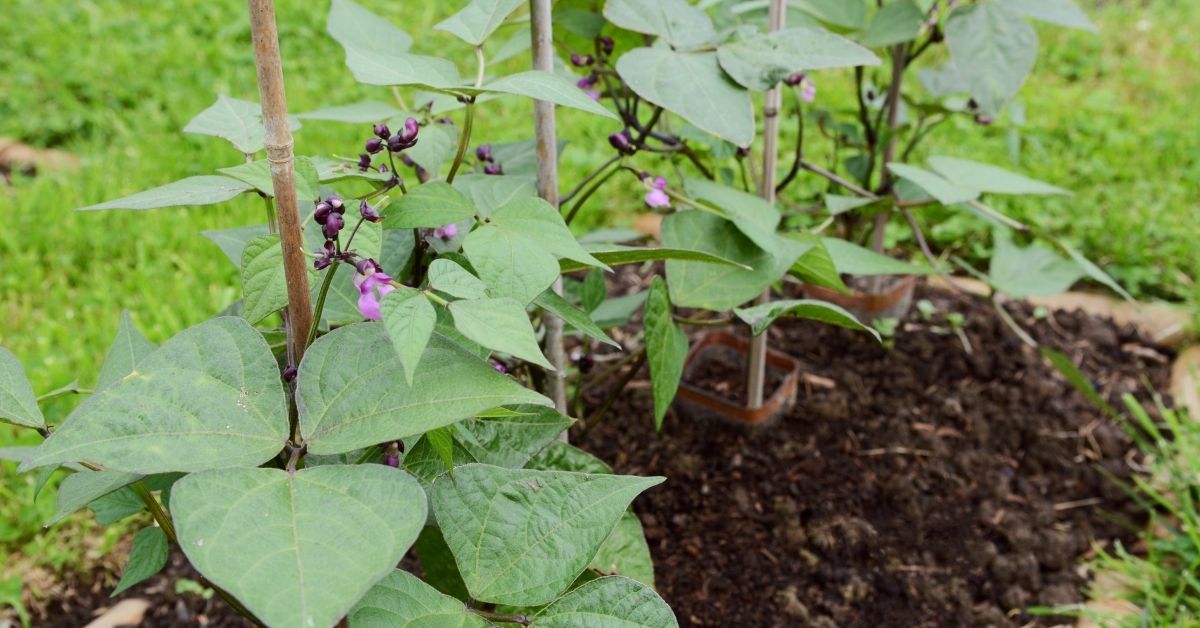
Check the climbing plants’ supports regularly. The ferocious winds and the deluge of rain will have placed a significant amount of strain on everything, but maintaining a neat garden on a consistent basis is far simpler to manage than waiting until the end of the summer to deal with everything.
In the flower beds, look for weeds and make sure that the wisteria, box hedges, honeysuckle, and bay laurel are all pruned.
2. Deadheading Perennial Flowers
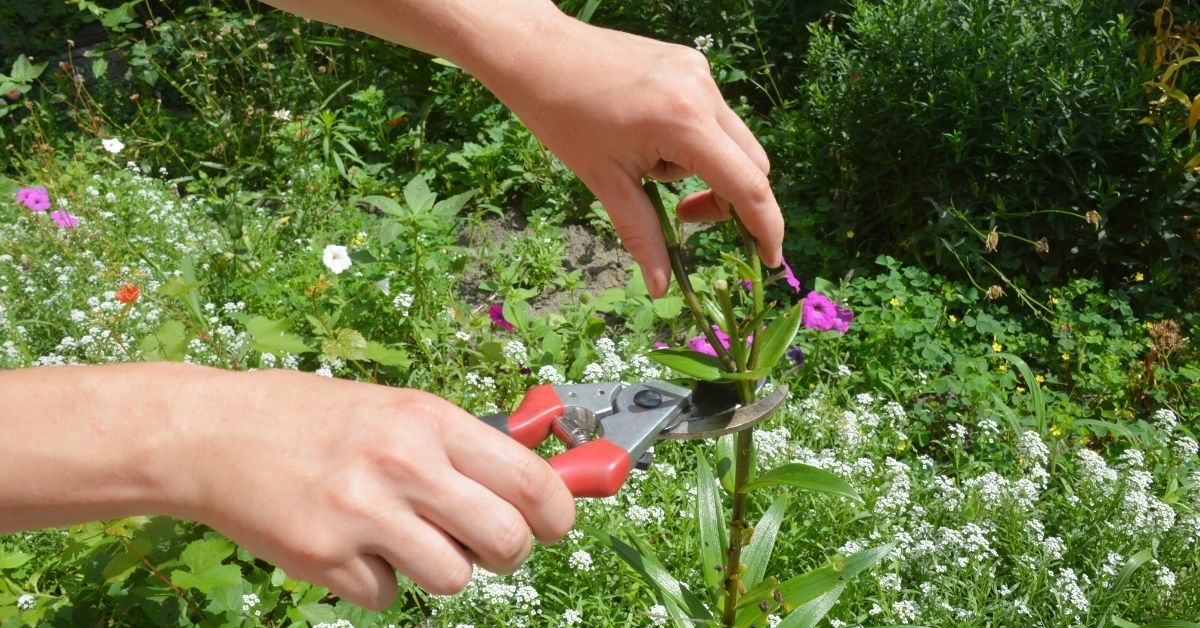
Remove the dead blooms off your spring perennial flowers, such as peonies, bearded iris, and Asiatic lilies, if you haven’t done so before and assuming you haven’t already done so. By removing the spent blooms from plants, you not only improve their appearance but also stop them from attempting to produce seeds, which may be a source of energy loss for the plant.
By cutting off spent blooms on perennial plants, you may encourage the plant to direct its energy into its roots and improve the quality of its blossoms the following year. Remove the dead blooms off your spring perennial flowers, such as peonies, bearded iris, and Asiatic lilies, if you haven’t done so before and assuming you haven’t already done so.
By removing the spent blooms from plants, you not only improve their appearance but also stop them from attempting to produce seeds, which may be a source of energy loss for the plant. By cutting off spent blooms on perennial plants, you may encourage the plant to direct its energy into its roots and improve the quality of its blossoms the following year.
Pro Garden Tip: If you remove the old blooms from some perennial flowers, like salvia, for example, the plant will likely produce new blooms later on in the season. Reduce their height by one-third with the pruning shears.
3. Daily harvest
As the heat of summer continues, farmers in the north put their vegetable and fruit harvests into high gear. Every day, check on your garden and gather your crop. While they are picked when they are still young, vegetables like cucumbers, green beans, zucchini, and eggplants have a more flavorful flavor.
The taste of berries like strawberries, raspberries, and blueberries is at its finest when they are picked daily, thus this is the best time to select them.
Pro Gardener Tip: Use netting to cover berries and other valuable fruit to prevent hungry birds or rats from eating it all before you do.
Note: The latter part of this month is an ideal time to sow vegetable seeds indoors in subtropical places such as Central and South Florida in Florida (then transplant them outdoors come to fall when temperatures start to cool).
4. Regular Watering
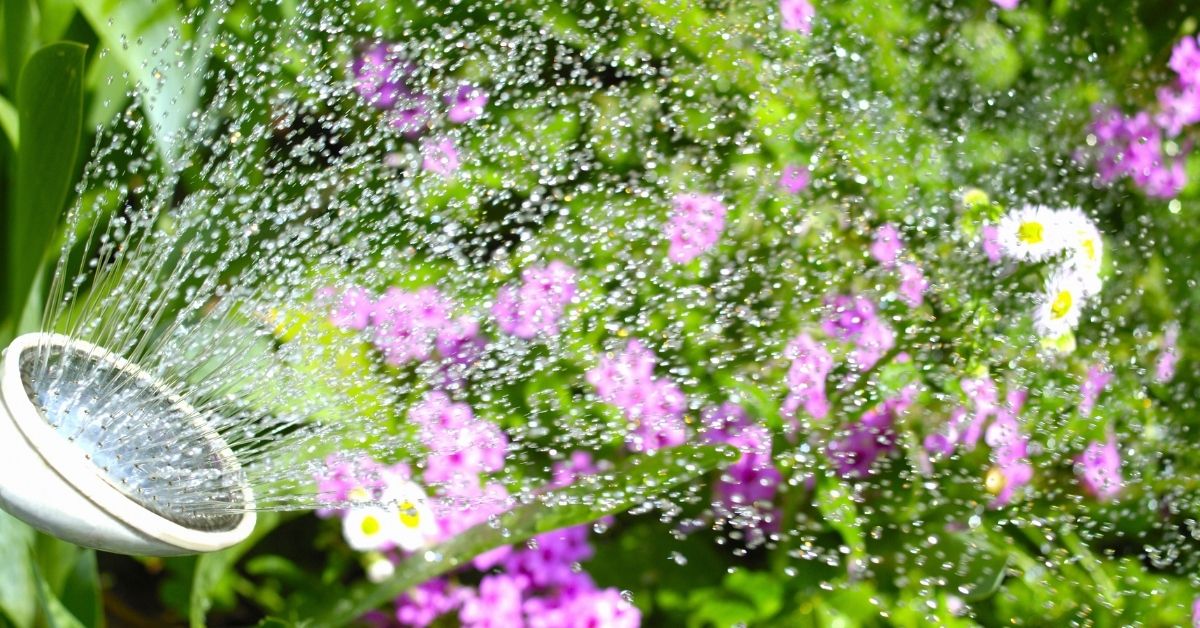
Due to the fact that hot weather causes plants to get thirsty, it is even more important to water them. ‘Make sure that you retain your show-stopping display of summer color by watering container plants on a consistent basis and applying a balanced liquid fertilizer every other week to ensure robust, healthy growth and continuous blooming.’ Marcus Eyles, a sales associate at Dobbies, recommends picking off dead flowers as soon as they begin to wilt so that additional blooms will come after them.
It is essential that you provide the trees, shrubs, and perennials that you planted in the spring with enough amounts of water. It is important to ensure that you are watering the plant at its base and to refrain from soaking the leaves. Not only will the leaves fail to absorb any water in this manner, but wetting the leaf tissue might also promote fungal infections.
Pro Gardener Tip: If you want water to travel farther, water deeply less often rather than lightly more frequently. This would mean watering a few times a week rather than every day, of course taking into account any rains that may occur.
Put buckets beneath hanging baskets to collect any surplus water; this water may then be reused in other parts of your garden. Making seemingly little adjustments like this can have a significant impact if everyone participates.
5. Plant Cacti and Succulents in Pots
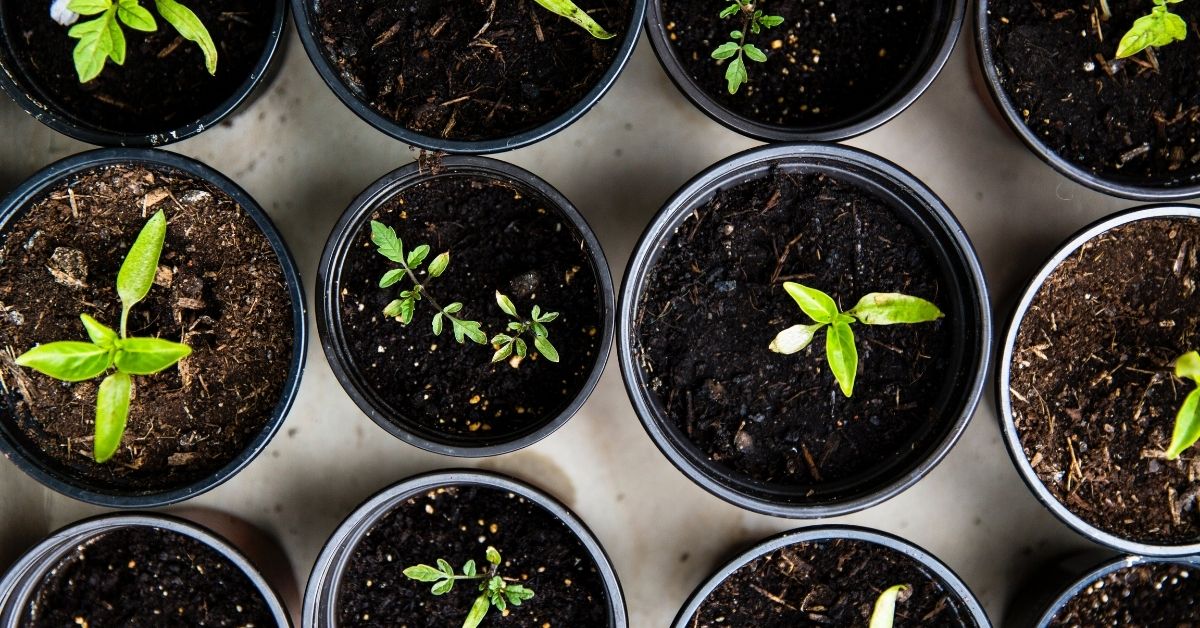
Cacti and succulents thrive in conditions that are hot and dry. These stunning plants need little maintenance and can survive in harsh environments; you don’t need to worry about their well-being even if you are away for an extended period of time.
They are available in an almost endless variety of forms, sizes, and colors, allowing you to fashion your very own enchanted miniature landscapes out of containers such as planters and pots.
Pro Gardener Tip: The one thing that cacti and succulents cannot accept is having their soil get too damp. Be sure that your pots are equipped with a sufficient number of drainage holes so that excess water may escape.
6. Prune fruit trees:
During the height of the gardening season, when circumstances are optimal for plant development, fruit trees are able to produce an ample amount of fruit beyond their needs. The presence of a large number of heavy fruits on the branches, such as apples, pears, and plums, may often result in a final harvest of fruits that are unsatisfactorily little.
This occurs as a result of the great demand that was placed on the tree’s resources as well as the little sunlight that was able to penetrate its dense branches.
In July, you should take advantage of the opportunity to thin out your dense crops by removing any extra or damaged fruits from the plant. This will allow the plant to produce a crop of fruits that ripens more uniformly.
Pro Gardener Tip: This month, you should prune stone fruit trees such as cherries and plums by eliminating any branches that are growing in cross-patterns in order to keep the framework open. When trimmed in the winter, certain varieties of fruit become prone to specific fungal infections that may enter the body via open wounds; nevertheless, winter pruning helps reduce the likelihood of infection.
7. Create Your Own Private Paradise by Growing Plants in Containers
Create a private retreat in your garden by transforming a portion of your outside space. Find yourself a cozy chair, around it with container plants like palms, and top it off with a little fountain before taking some time to unwind and rest.
When autumn arrives, bring your palms inside so you may continue to enjoy them throughout the winter. A few of the palms that are the least difficult to care for include Christmas, Chinese Fan, Areca, Kentia, the Majesty, Cat, Lady, and Fishtail palms.
Pro Gardener Tip: When autumn comes around, you shouldn’t wait until the possibility of frost to bring your palms inside. Bring them inside several weeks before the first frost is expected so that they may gradually grow used to the circumstances of the indoor environment.
8. Mulching generously
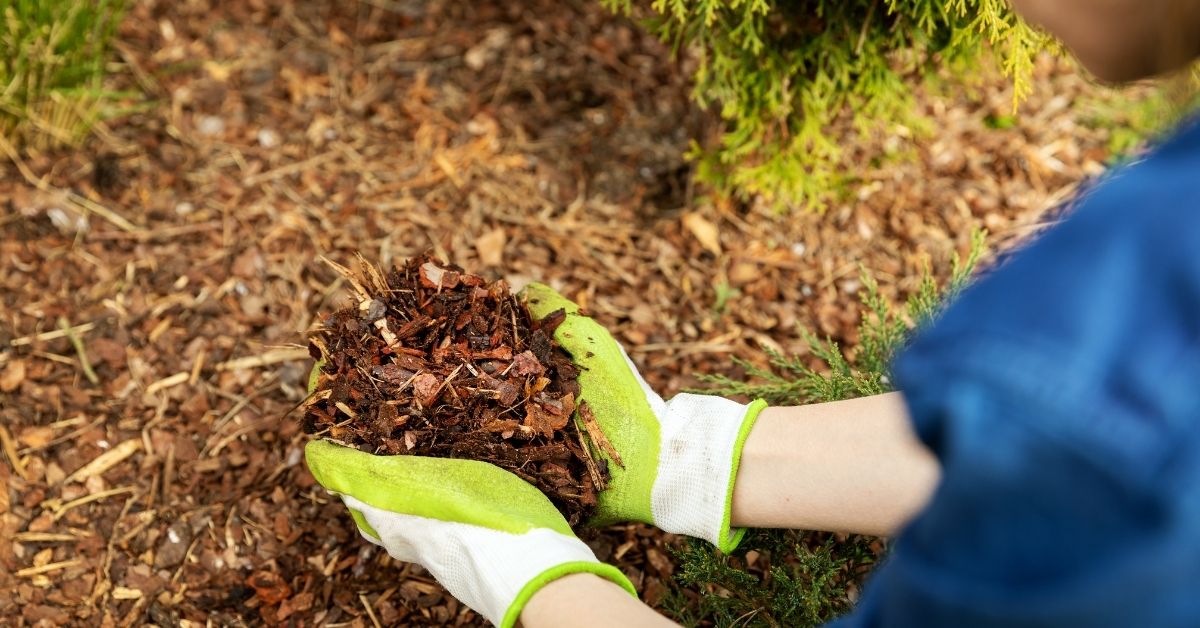
Mulch is one of those things there can never be enough of. That is correct. Mulch is the secret to a low-maintenance and thriving garden. You may enhance the quality of the fruits and vegetables you grow in your garden by covering the beds and borders with a layer of mulch that is several inches deep.
This will boost soil moisture, decrease the amount of weed competition, and improve crop yield. There are two categories of mulches: those that decompose in one growing season (such as straw, newspaper, or leaves), and those that require many growing seasons or even years to decompose (such as bark chunks, cocoa bean hulls, and shredded bark).
After planting annual flowers and vegetables, choose species that rot quickly so that you can turn everything under with your tiller when the growing season is finished. The greatest places to employ mulches that endure a long time are in permanent landscaping settings.
Pro Gardener Tip: Purchasing mulches by the bag might lead to a significant increase in cost. Find places that sell mulch by the truckload and will transport it right to your front door.
9. Replace the Plants in Their Containers
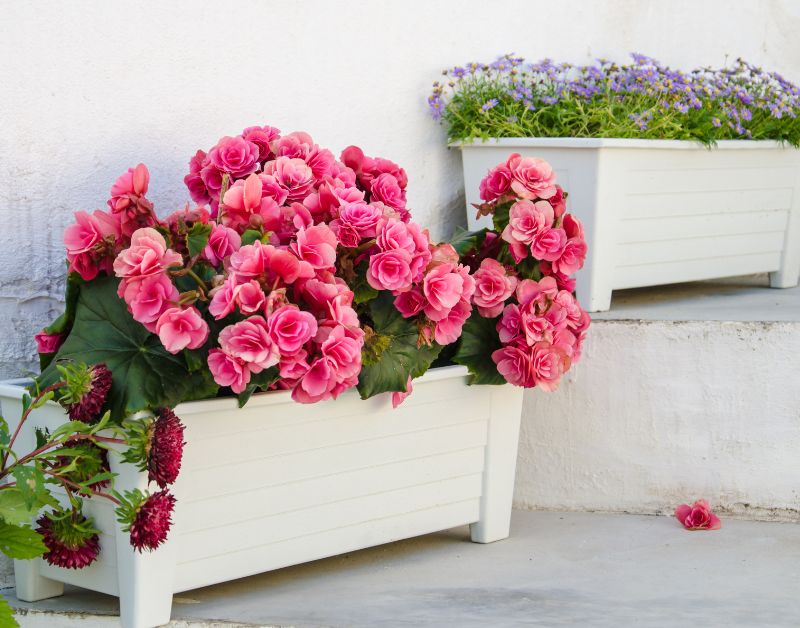
Annual flowers that need chilly temperatures, such as pansies and snapdragons, have finished flowering by the middle of July. Take them out and put in some heat-loving container plants like lantana, pentas, or zinnia in their stead.
If your cool-season annuals were growing in a container with other plants, you will need to coax them out of the pot while being careful not to uproot any of the other plants. After that, put in a blossoming refill, cover it with some new dirt, and give it a good soaking of water.
Pro Gardener Tip: Some heat-loving annuals, including petunias and calibrachoa, react nicely to having their foliage trimmed in the middle of summer. Remove dead or diseased branches from mature plants to stimulate new growth.
10. Lawn care
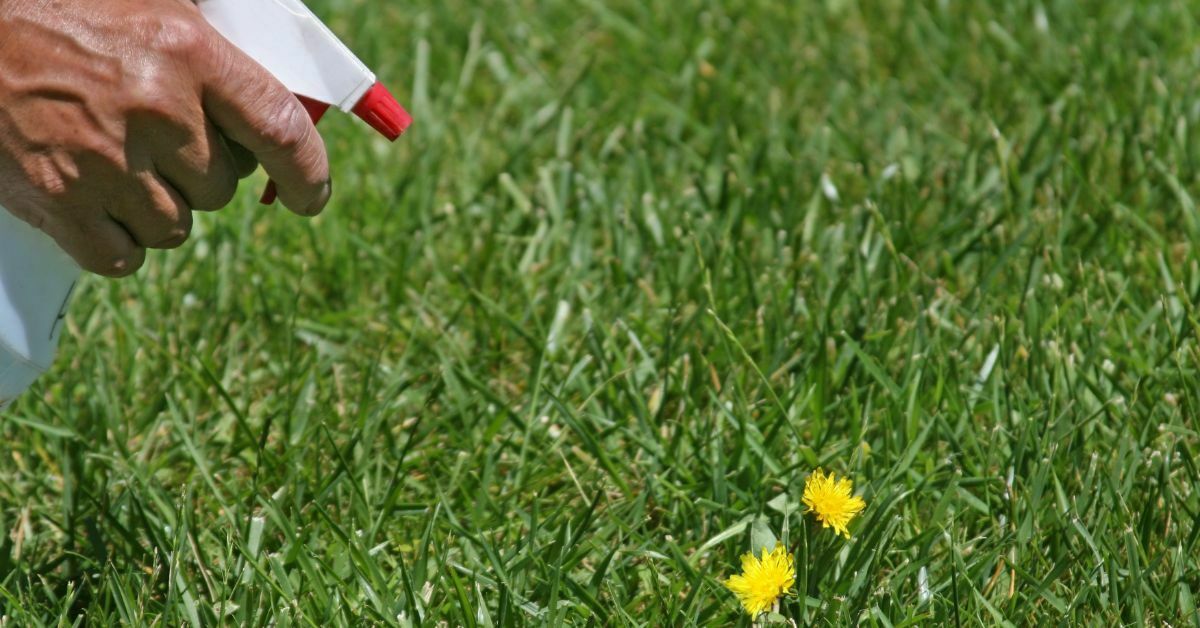
Because of the rapid rate at which everything will be growing throughout the summer, you will need to make sure that you mow your lawn at least once per week in order to ensure that it remains in excellent shape.
During the warmer months, it is essential that you maintain a consistent watering schedule for your lawn in order to avoid it from becoming brown and drying out. If the ground has gotten dry, you may help the water better penetrate the soil by using a garden fork to make small holes in it before you water it.
Pro Gardener Tip: The easiest way to get a groomed lawn is to mow it on a consistent basis, lowering the cutting height when the temperature is high to assist prevent the grass from drying up. The grass is better able to withstand the additional wear caused by summer if the blades are kept a little bit taller.
Leave certain portions of your garden unmowed and allow the grass to grow so that wildflowers may bloom and provide food and shelter for pollinating insects. This will also attract more animals to visit your garden.
11. Reduce Biting Insects
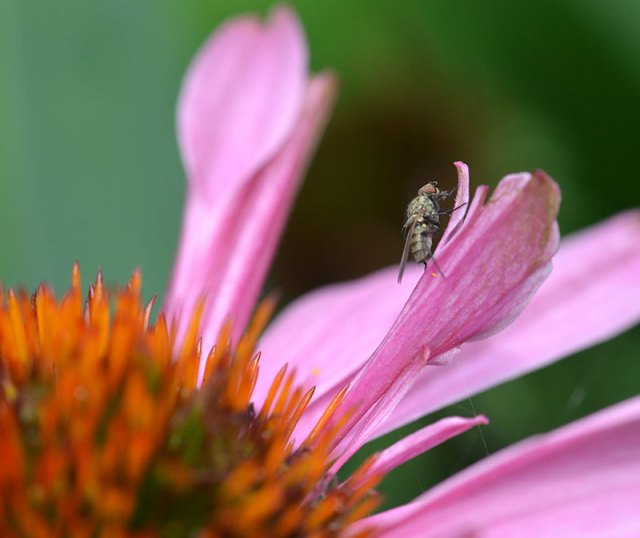
Do not stay indoors because of the gnats, mosquitoes, and other insects that may bite you. Instead, use natural methods to ward against these unpleasant critters. Having a ceiling fan in the room is one of the most effective strategies to ward off their attacks.
Recent research has revealed that installing a ceiling fan in an outdoor location is a more effective method for getting rid of flying insects than using bug spray. Putting up a birdbath in your yard will bring in songbirds that feed on insects, which is yet another method for controlling pest numbers.
Your winged friends will congregate around a source of cold, fresh water in the middle of summer, and while they are there, they will consume an excessive amount of insects.
Pro Gardener Tip: Additionally, you may attract birds to your yard by planting perennial flowers. Coneflowers, black-eyed Susans, coreopsis, and Liatris are all excellent options to consider.
12. Bring the Shade Back to Life
Your garden may need some sprucing up with these shade-loving perennials and annuals that have brightly colored leaves. Hostas, for instance, look great when grown in containers and are available in a wide variety of colors, sizes, and forms; alone, they are capable of producing an incredible landscape. Caladiums, coleus, and heuchera are some more plants that thrive in shadow and have vibrantly colored leaves.
Pro Gardener Tip: Because of their very shallow root systems, certain very huge trees, like Norway maples, make it almost difficult to put anything below them. Replace any plants that are unable to survive in the soil beneath your trees with ones that are kept in containers instead.
13. Help the bees:
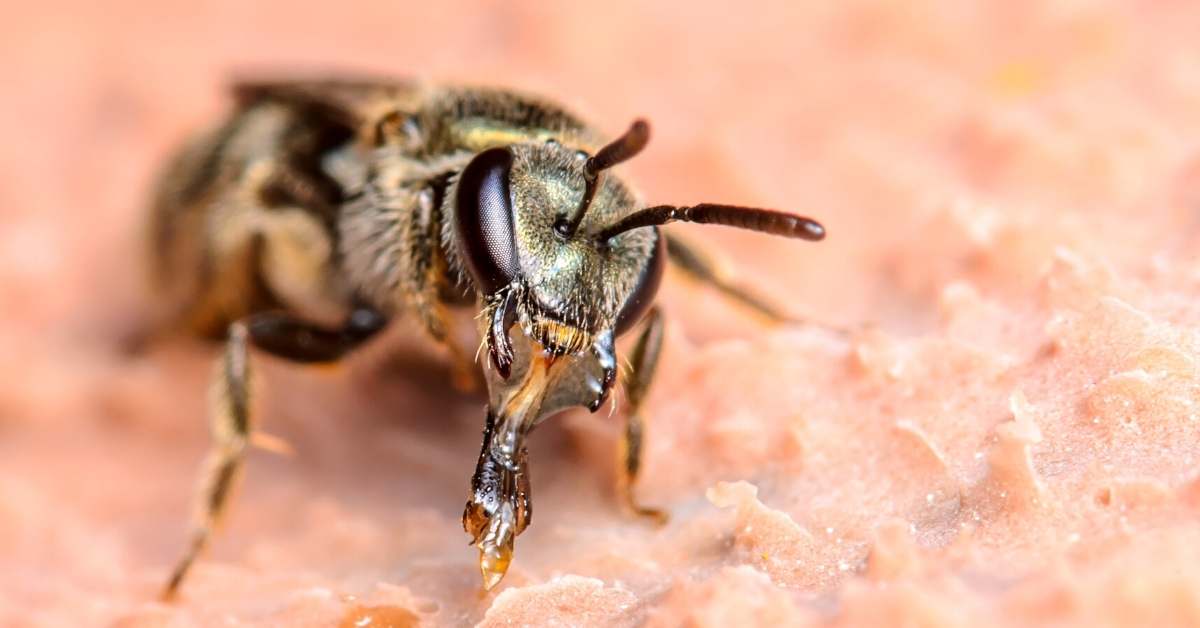
Planting nectar-rich flowers such as lavender, jasmine, and bergamot may be a big assistance to honey bees if June has been as hot and wet as it often is since this might mean that there are fewer blossoms available for them to visit. Be sure that the route that bees use to go from one bloom to the next, as well as any beehives or bee houses you may have, are clear of any vegetation.
Since the bees will be working hard to collect the pollen, the last thing they need is to have to worry about the possibility of their priceless cargo being lost in the tall grass. The Royal Horticultural Society (RHS) has compiled a useful list of gardens and wildflowers that are ideal for pollinators.
14. Take a Tour
The summer is an excellent time to get fresh ideas from the gardens of others and to brainstorm new garden bed designs. Make use of any local garden tours, public gardens, or parks that are available to you in order to learn new gardening techniques that you may use in your own backyard gardens.
Also, if you want to take a trip during the summer, do some research before you go to see whether or not there are any public gardens in the area that you can include in your schedule. And don’t forget to bring a camera with you so you can take pictures of everything you see!
While you are touring, make a mental note of any unique garden bed ideas, plant combinations, newly introduced plants, or gardening methods that you come across.
15. Collect Seeds and store them safely

Gather the seeds from any blooms whose plants you’d want to have again the following year. Keep the seeds in paper envelopes or bags, and identify them with the name of the plant and the date they were harvested. Keep them in a cool, dry location so they won’t go bad.
16. Solarize Soil
Before you start planting in the autumn, it is a good idea to solarize your soil in warm areas like Florida in order to get rid of weeds, illnesses, and nematodes in the ground. Place a sheet of transparent plastic over each bed, and then fail to remove it for the next three months.
Before covering the soil with plastic, it is optimal if it has a trace amount of moisture already present in it. The sun elevates the temperature of the soil, which in turn kills disease-causing organisms and harmful insects.
Pro Gardener Tip: Black plastic is less effective than clear plastic because it reflects heat, rather than allowing it to be absorbed by the soil as it should be.
17. Give wildlife a boost
Cleaning and refilling birdbaths and feeders show consideration for the local avian and mammal population. You should hold off on trimming your hedges until at the earliest, the end of August. Between the months of March and August, garden birds often start their families, so you should allow them space to raise their young.
Nesting places may be found in conifers, in particular, for smaller birds like blackbirds, robins, and greenfinches, in addition to bigger birds like sparrowhawks and crows. Refill the ponds, preferably with rainfall, and remove any dead leaves or debris from the aquatic and marginal plants.
Blanket weeds may also be a problem; to remove them, use a garden fork to do it gently, and then set them aside on the edge of the pond so that any critters that were hiding there can make their way back into the water.
July Gardening jobs are a collection fun and healthy activities. Before you leave, don’t miss this video and FAQ section at the bottom of the page.
FAQ For July Gardening
Can I plant tomatoes in July?
Yes. In hot-summer California regions, you may plant and produce summer and fall tomatoes in June or July, especially if you can time planting and establishment during a mild year or season.
Can I plant cucumbers in July?
Yes. July is the ideal month to sow cucumbers. They thrive in warm climates, and depending on the type, they may begin producing for you as soon as 60 days after planting as long as they get enough water.
Is July too late to plant potatoes?
Yes. If you reside in a moderate climate, you may grow certain potato cultivars as late as July 1st. However, July is too late for other potato variants.
Is it too late to plant flowers in July?
In fact, you may grow a wide variety of edibles and ornamentals in July to get a second crop or spruce-up drab flowerbeds, pots, and planter boxes. As long as there is still enough time before a frost, many different food plants may still be started from seeds.
Can I plant green beans in July?
Yes. There are fewer warm-season crops that you can sow and still have a consistent yield as the summer goes on. Beans are one crop that you can often plant in the middle of the summer and still have a yield.
